The doors of Quelimane
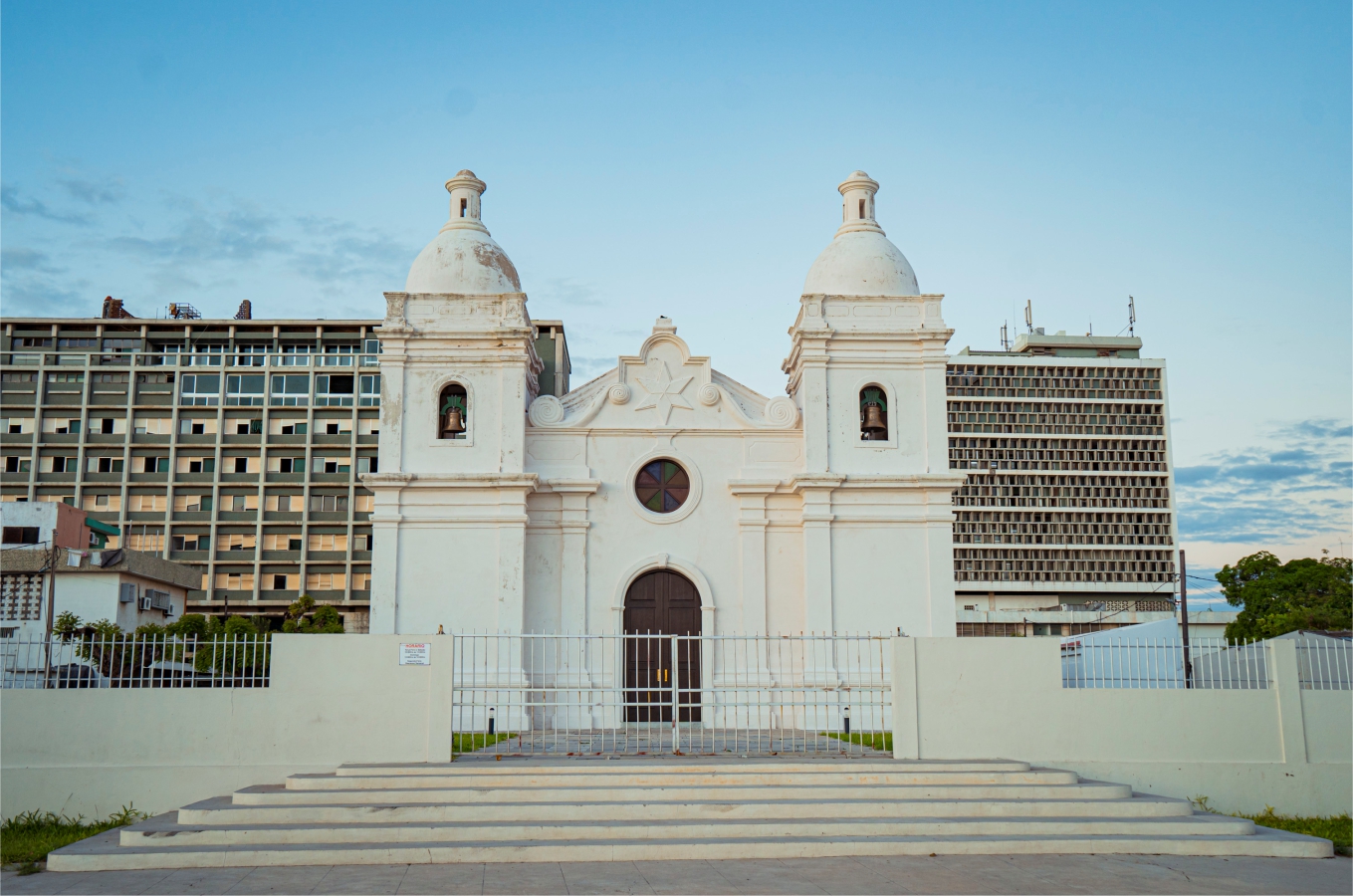
“To this day, I still don’t know how to interpret it” – this Shakespearean verse by musician Mussa Rodrigues comes to the mind of a wanderer who roams the avenues and streets of downtown Quelimane and sees buildings with closed doors.
Advertising
The classic snack bars that make up the landscape of the Heróis de Libertação Nacional Avenue, the movement of bicycles and the friendliness of the people make travelling to Quelimane an experience to remember. But those who now circulate through the centre are amazed at the number of shut houses, indicating that they miss the warmth generated by couples who spent years making love between sheets on the inside.
The cobwebs that multiply behind the doors and windows and the ruins that come to life in an octogenarian city create the impression that every cyclone that passes through the Indian Ocean takes with it the couple that had the least number of walks along the promenade that follows the mouth of the Bons Sinais River (“River of the Good Signs”). And where does the river’s name come from? When Vasco de Gama passed through Quelimane in 1498 on his expedition to India, he imagined the place brought him good signs. More than five centuries later, the city flashes an orange signal as if to show its intermittency in the face of climate change, whose consequences displace residents from the shores of the Indian Ocean.
The Águia cinema and the buildings in the “cement city” sell us the image of a city with closed doors.
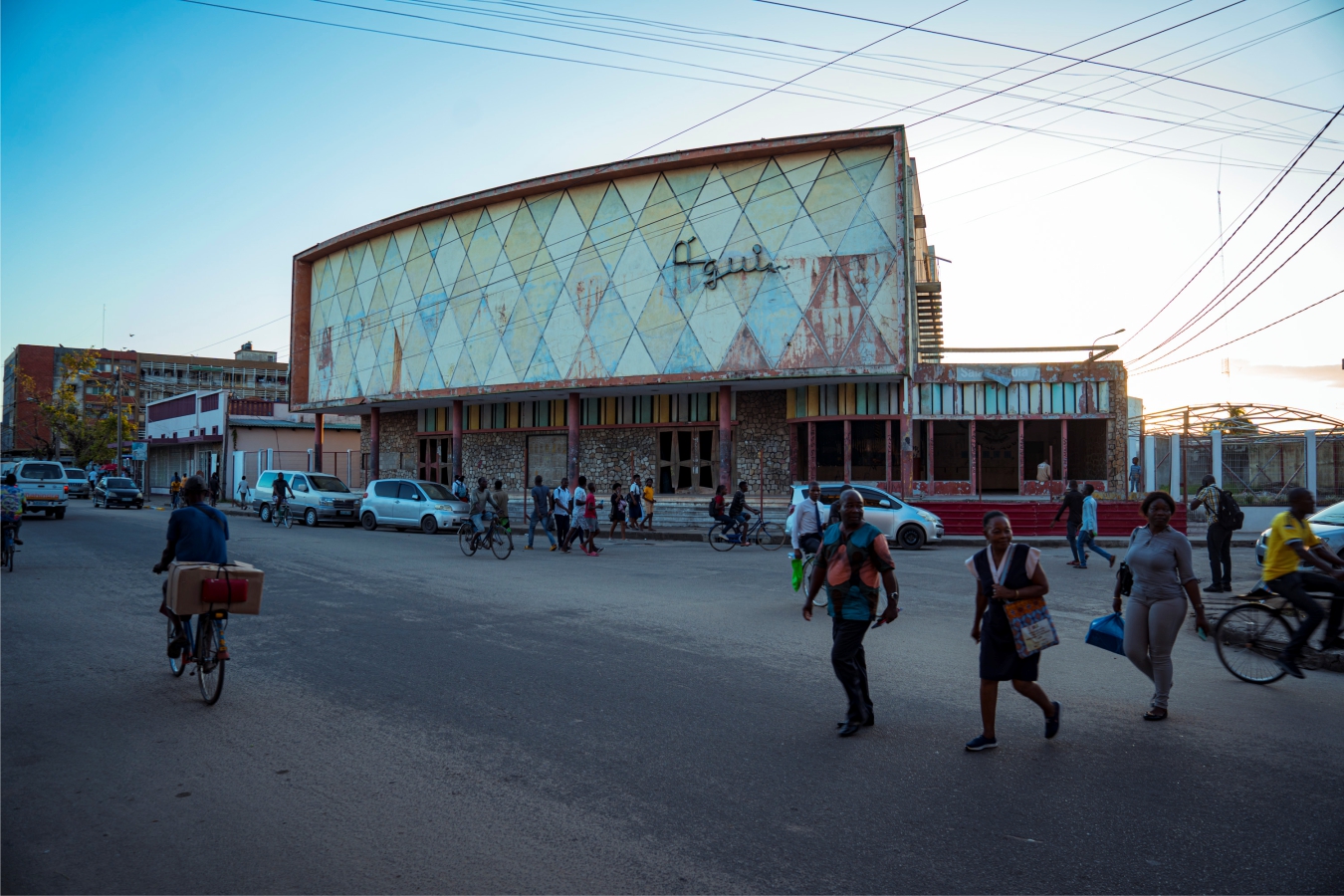
The Águia cinema on Eduardo Mondlane Avenue is a building that, like others that inhabit the city centre, has its doors closed, but you can still admire its remaining painted wall in contrast to the colourful stones and squared arch ventilations. The closed building is the symbol of the segregation that characterized the carnival celebrations during colonial times, with the carnival groups performing behind closed doors. Segregation was overcome, and the carnival moved from Águia cinema to settle in the Juventude Square. The neighbourhood won and invaded the city.
A family living in one of the compartments of Águia cinema can still open its doors to photograph some parts of its interior, except for the main hall that doesn’t even have its curtain. The residents say that Águia was a cinema frequented by the local elites. The space included not only a cinema hall but also a terrace and café.
Quelimane alerts us that the world is constantly changing.
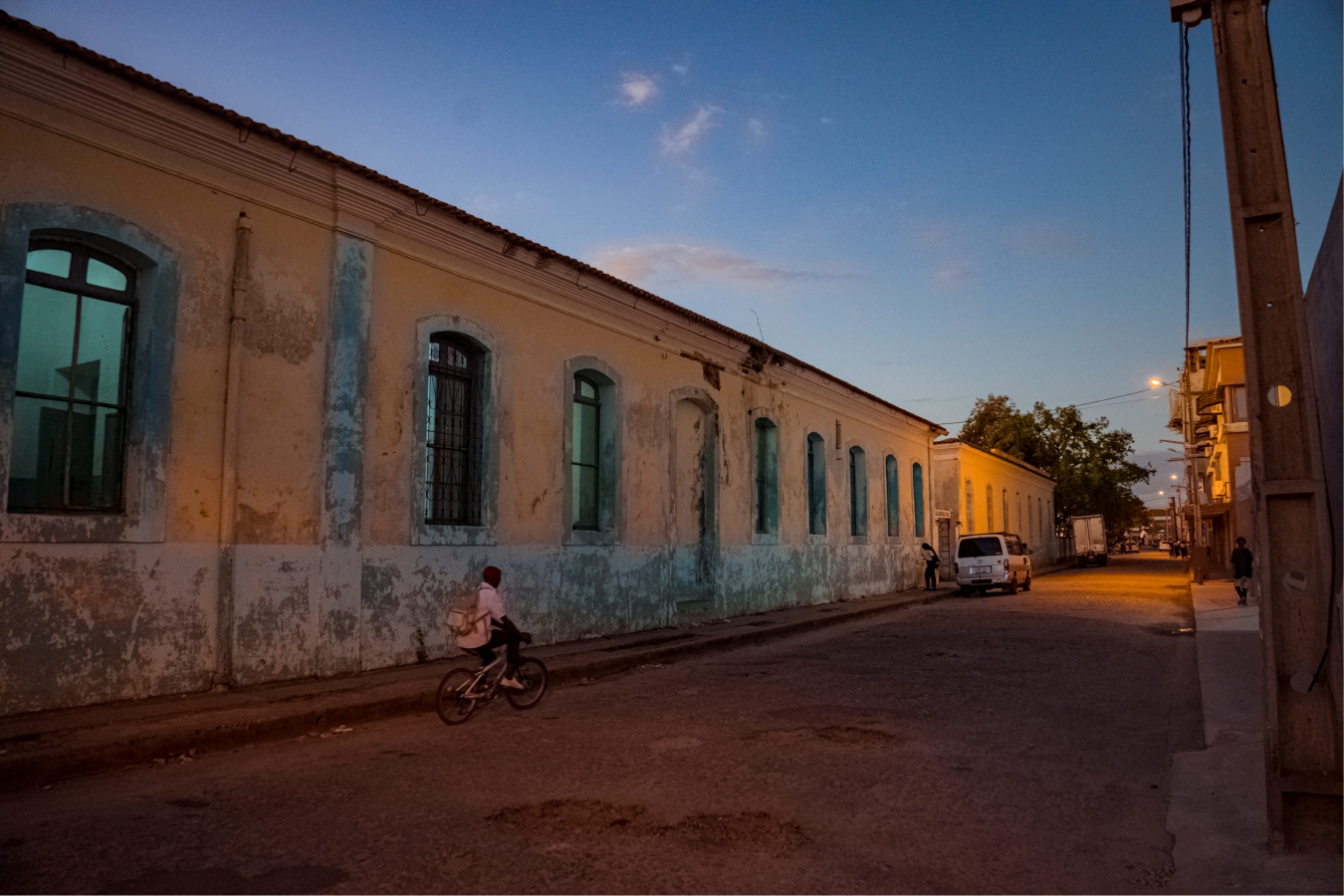
Quelimane alerts us that the world is constantly changing. The climate has changed, but so has life. The abandoned houses in the city centre echo like an alarm about the urgency to visit it while it can still host its traditional carnival.
The closed doors of a considerable number of houses and cement buildings in the city end in the avenues of Liberdade and Maputo, spaces that function as a border that separates two worlds. The world of asphalt with its colonial buildings telling the story of its segregationist past and the world of the bare road teeming with so much excess of life.
While Águia cinema and the buildings in the “cement city” sell us the image of a city with closed doors, the doors of the avenues of Liberdade and Maputo capture the soul of a vibrant city in motion, with residents who don’t need much to dance to the sound of Suraji’s music.
Josina Machel Avenue is still home to two major sports clubs in the city that have been rivals for years, Sporting and Benfica, with the former still hosting Casablanca, a true mini-city of tropical music. In addition to the name that makes us travel to Morocco, Casablanca is a must-visit for anyone passing through Quelimane. The friendliness in service and prices, the musical variety and the festive spirit of the Zambezians make anyone keep memories of the place.
▶ How to get there?
From Maputo, you can fly directly to Quelimane with LAM and enjoy the city.
▶ Where to stay?
The city offers a variety of hotels, including Villa Nagardas, Hotel Elite, Milénio Hotel or In Paradise Hotel.
▶ Where to eat?
There are several options, including taverns, pastry shops, and restaurants such as Tchapo-Tchapo, Nara, Café Nicola, and Marina Gani. But the highlights are the Zambezian chicken and mucapata.
▶ What to do?
Take a walk along the waterfront and check out the movement of the boats that populate the Bons Sinais River, ride a bike, drink coconut water, dive in Zalala beach, taste the rich Zambezian cuisine and enjoy the vibrant nightlife of the city.
Edição 79 Maio/Junho| Download.
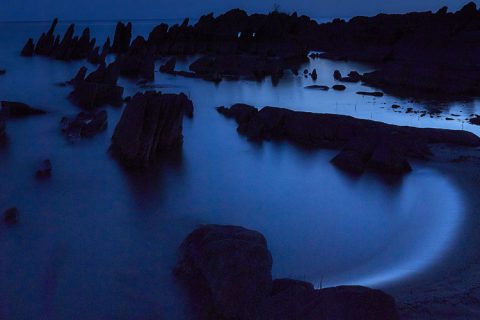
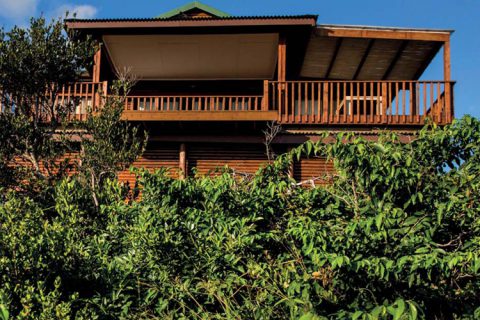


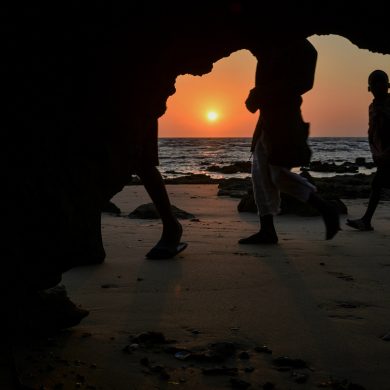

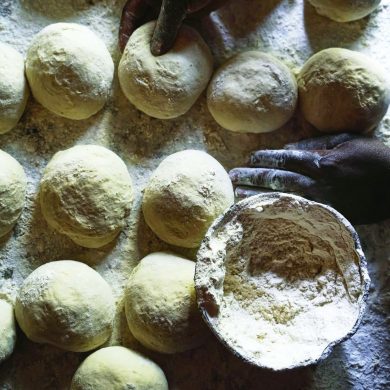
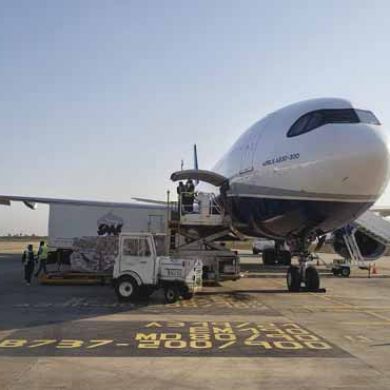
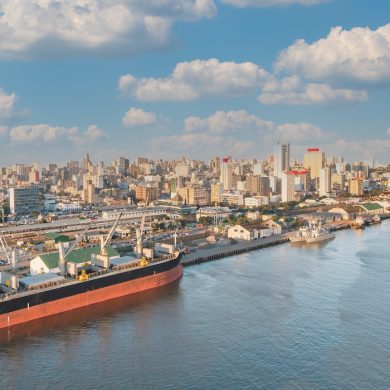
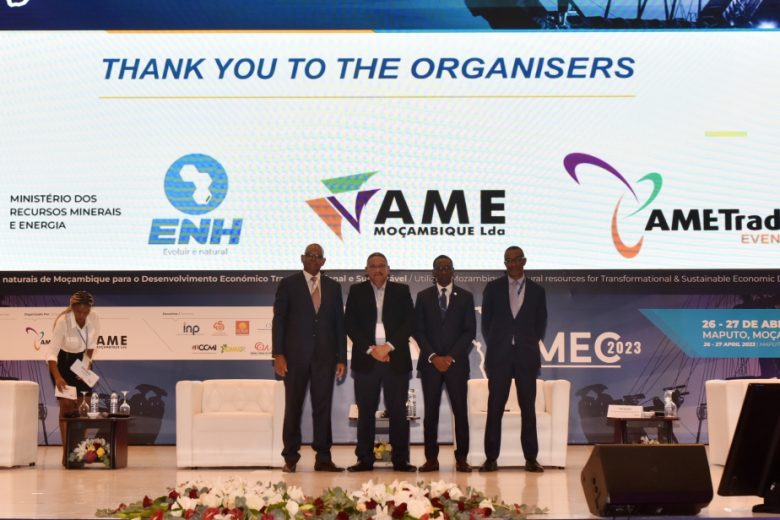
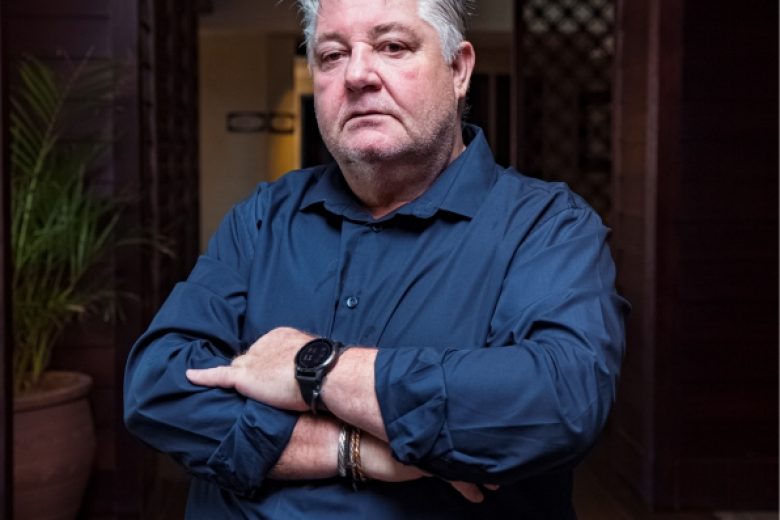






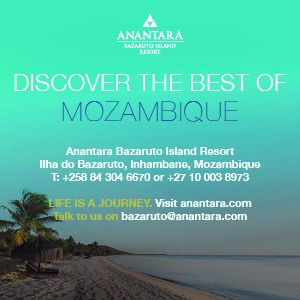






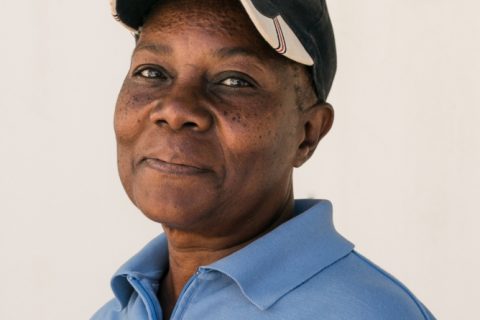
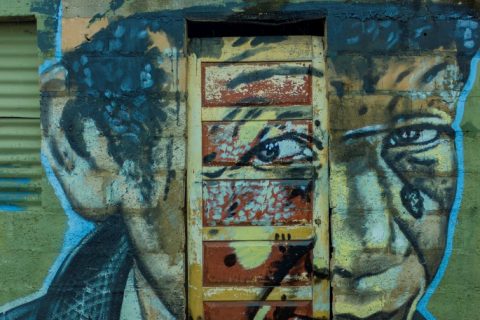

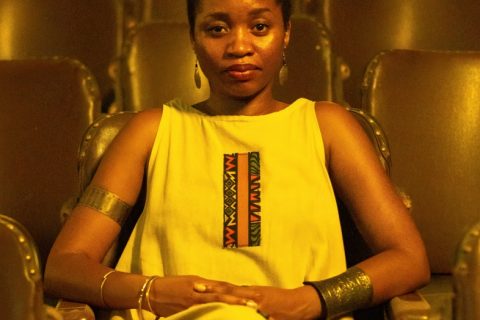
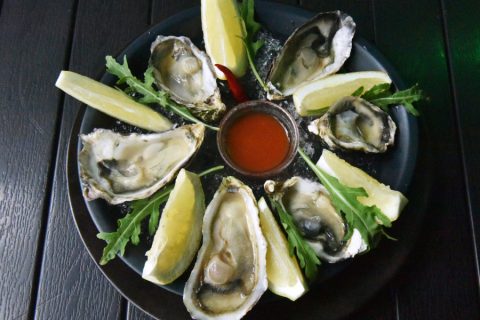
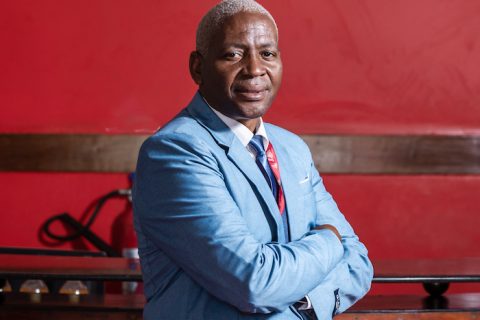

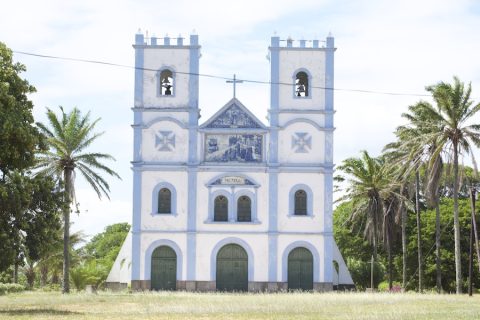
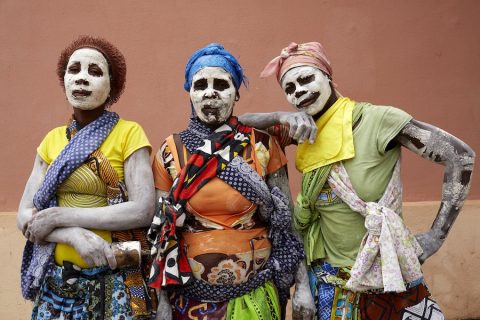
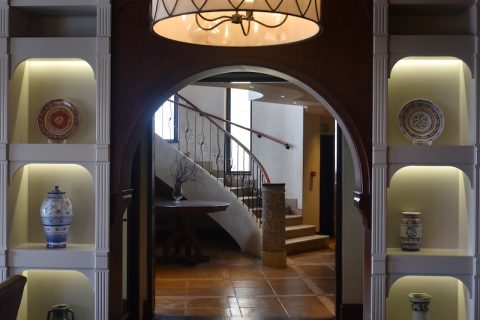

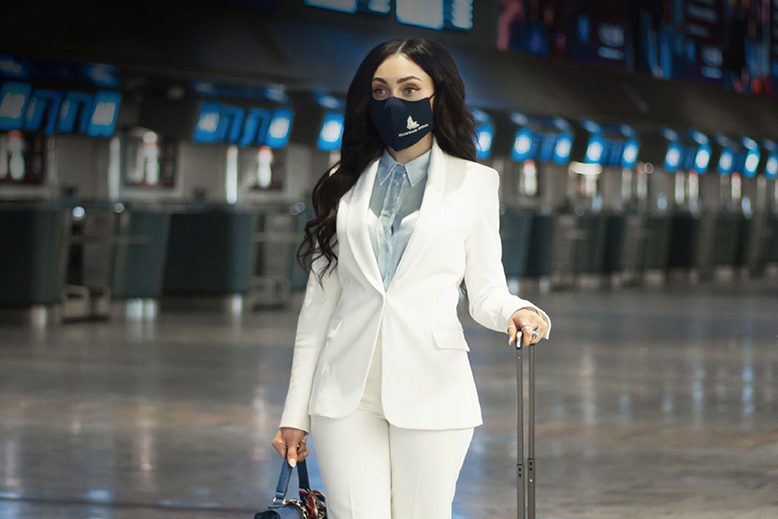
0 Comments